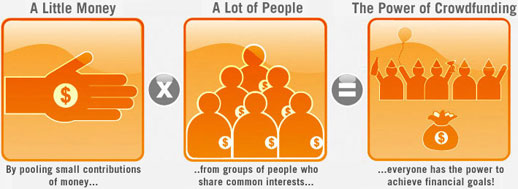As we rode one of Washington’s ferries this weekend, my
husband turned to me and asked if I knew how old these boats were. Honestly, I
am not sure, but they certainly are not new by any means. As we continued our
conversation, it turned to a discussion about infrastructure, and how upgrades
in efficiency (new equipment) is a way that organizations, businesses and
countries tout their sustainability. Upgrading the fleet of carpool vehicles at
your office to hybrids…or 100% electric vehicles. “Our emissions are lower! Our
operations are carbon neutral!” is what their annual report reads, and the
company shows improvement with a pat on the back.
But what really happens?
Back to the ferry discussion from the weekend.
When US ferries are deemed to be too old, too unsafe, too
high emissions for our standards, we retire them. “Retire” in this case really
meaning selling them to continue their lives elsewhere. My life in WA recently
collided with my experience studying in East Africa when I learned of a ferry
tragedy connecting two places I was intimately connected to. In June 2012, a
ferry boat, purchased from a retired US fleet, had sunk on its crossing fromZanzibar to Dar es Salaam, killing over 150 onboard. I had been on that very
same crossing in 2007, on a similarly overcrowded vessel. Where exactly was
this ship from? The same route that we were riding this weekend…West Seattle to
Vashon Island. The sinking was caused by weather conditions combined with severe
overcrowding and mechanical problems. Regardless of the reason, this ship was
one that we had taken off our books as a country, but for the world, it was
still polluting, running and endangering lives.
This is not the only example of infrastructure that we write
off in favor of our local sustainability. Fleets of city busses, and school
busses, are routinely sold to developing countries once they are too unsafe, do
not meet emissions standards, or are too aged to run here. These aged, less
safe and more polluting vehicles are sent overseas where they are run for years
beyond their first life in the US.
As we explore measurement of sustainability, and defining
metrics around what and how to track it, it is critical that we do not just
push the problem elsewhere. A popular acronym used in environmental issues is
NIMBY…not in my backyard. Waste water treatment, factories, refineries,
landfills, highways…all of these large, infrastructure projects are typically
located in less affluent areas, leading to social justice and environmental
justice issues. Even as a company evolves towards their internal sustainability
goals, how often are they asking about how their actions impact these
indirectly related issues.
The world is a complicated network of challenges as we
discuss sustainability. My call to you, is to consider all the impacts of your
actions, both upstream and downstream. What may look like sustainability gains
to you, may just mean compounded negative implications to someone somewhere
else.
